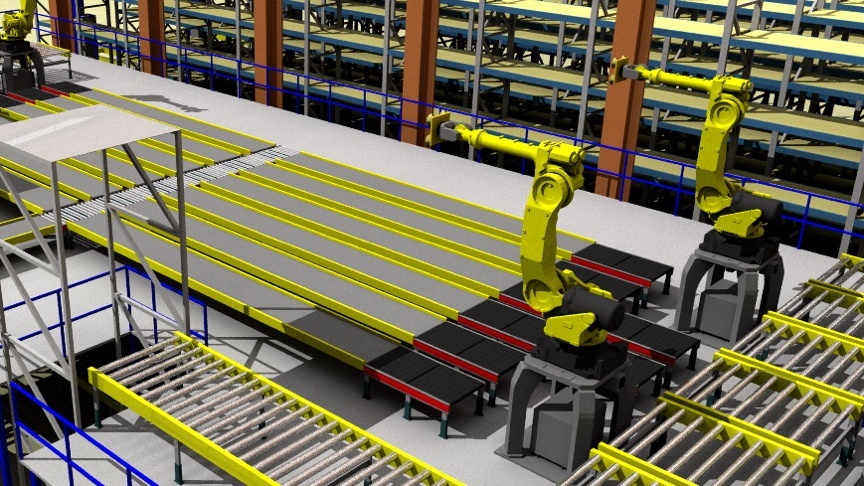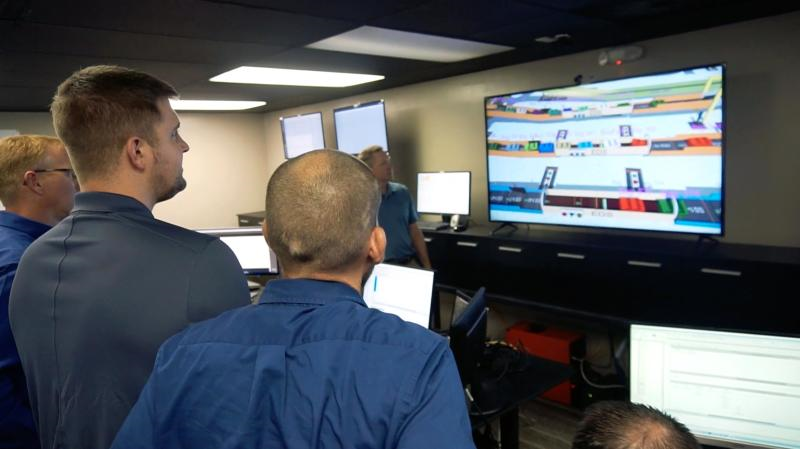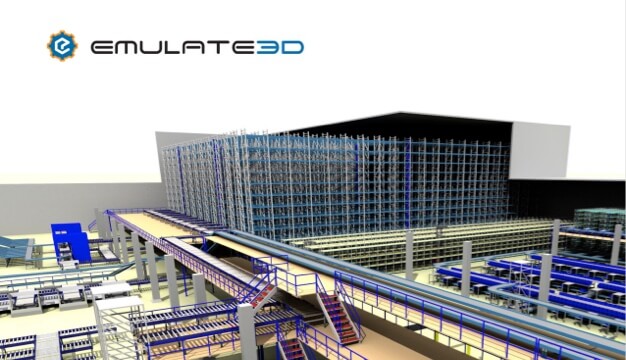Manage Change to Maximise your Opportunities
With continuous changes in demand over this past year, the ability to scale operations is increasingly vital for tire producers. The rapid rate of change in the automotive and tire industries can be both exciting and challenging. The latest advancements in technology amidst increasing demand are opportunities for tire producers and automakers alike.
Whether you’re a tire manufacturer, a mature automaker, startup electric vehicle (EV) company or tier supplier, meeting scalability requirements and rising to the related complexities resulting from exponential EV growth, increased customization and other factors can be difficult.
No matter what you call this change, smart manufacturing, E-mobility, or Industry 4.0 Automotive, a fast start and rethinking how things are made will be vital to remaining competitive. To help ensure your success and get to market first, Emulate3D technology helps provide the design, development, and commissioning acceleration and risk mitigation necessary to outpace your competition in this time of industrial transformation.
We can help you develop smarter solutions and scalable flexibility with Emulate3D Dynamic Digital Twins to design, test, and optimize your production systems. We make it easy to get the most out of every stage of tire production, from raw material processing and mixing, through final finish and inspection.
Request DemoUnderstand and Improve your Systems

From production machines and material storage to manufacturing flow for green tires and finished product, Emulate3D technology is a cost-effective way to create a Dynamic Digital Twin of all your plant. Wherever there are sequencing, dimensioning, and operational decisions to be made, you’ll be able to make them faster and with confidence once you’ve modeled your systems.
Understand and Demonstrate Operation
Demonstrate to your stakeholders the proposed system using a data-driven 3D simulation model as a Dynamic Digital Twin. The model unambiguously represents the preferred solution, efficiently ensures everyone is on the same page, and enables scenarios to be demonstrated and their operation understood in detail. The ability to run models faster than real time means you can observe the emergence of issues within the model and then test solutions rapidly.
Reduce Risks
Every system requires maintenance and endures some level of downtime. Industrial Simulation models can be used to generate a wide variety of data about throughput, resource utilisation, queue times, and more, enabling you to take statistically informed decisions. Industrial Simulation can help provide impartial and rigorous judgements on the many equipment selection and operational decisions necessary to produce an automated system.
Develop and Improve Flows
Carrying out extensive experimentation with various layouts and different data sets allows you to develop a full understanding of how the system should be configured, staffed, and operated to maximise throughput, minimise costs, or otherwise satisfy the stakeholders’ objectives.
Create and Test Robust Solutions
Automated systems are designed to run as continuously as possible in order to maximise their productivity and financial returns. Your Dynamic Digital Twin helps with designing robustness into the system before it is built, and can be used to develop safe and efficient restart sequences following partial or complete shutdowns.
Verify Control Systems Offline
Emulate3D gives you the power to take your control system testing off-line so you can verify the operation of your controls offsite and away from the project’s critical path. Make equipment choices and system layout decisions, then start developing and testing the control system in parallel with the system build.
Train Operators Safely and Remotely
All models made with Emulate3D technology can be interactive on many levels from VR and AR headsets through to browser-based HMIs. This flexibility enables you to create realistic training systems reducing the time necessary for a new operator to become operational on the real system. Use of a virtual training system allows users to be trained in complete safety on all possible situations, including those which might be dangerous to the operator or create system damage in the real world.




















